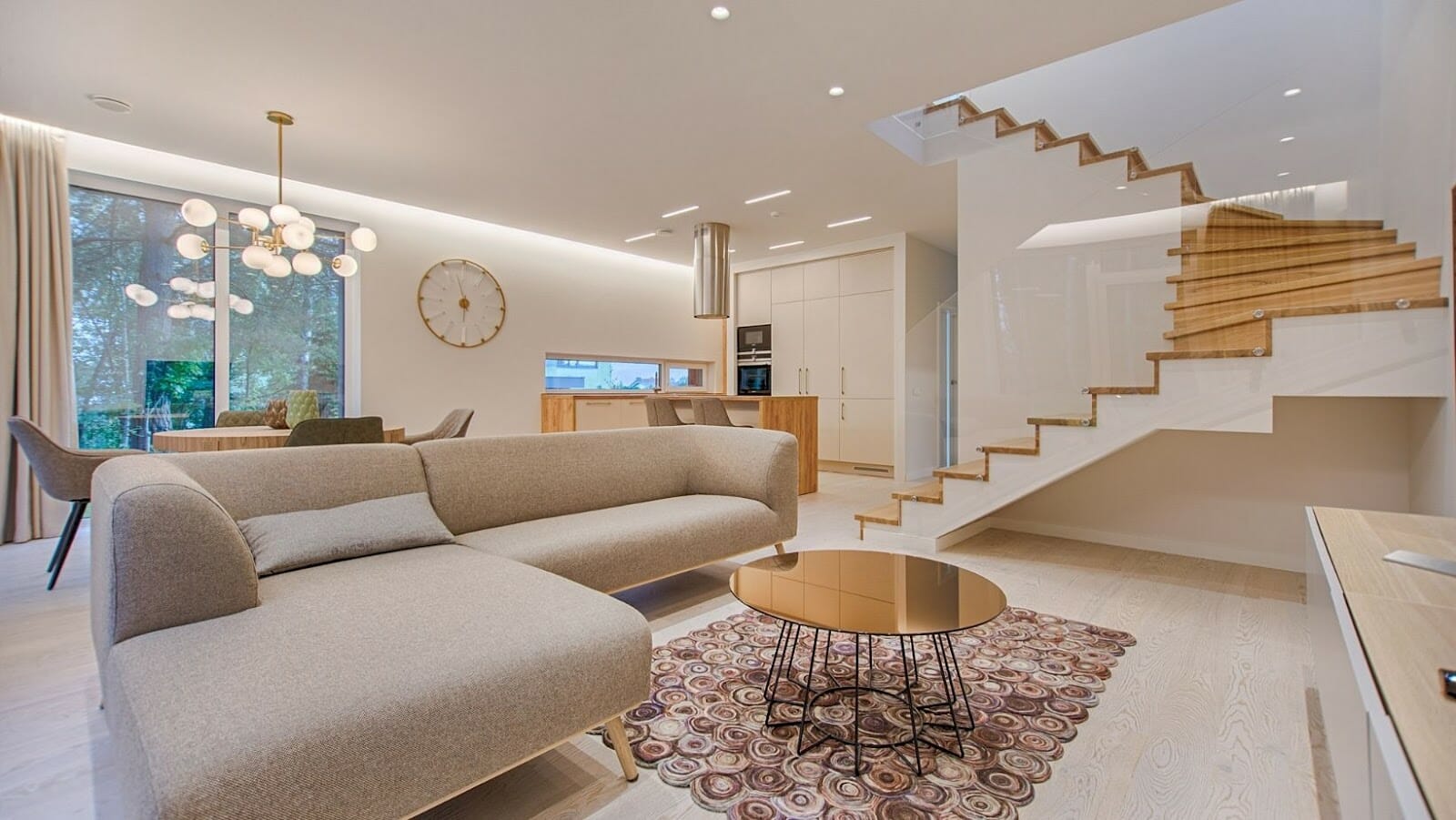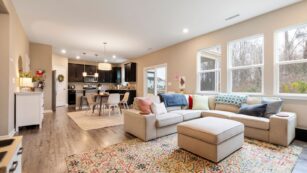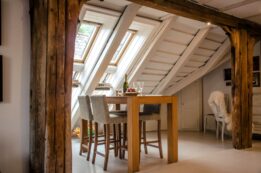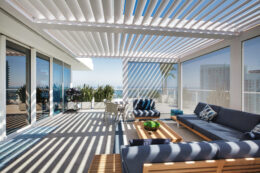
Are you considering a DIY project that refreshes or creates a new look for your interior design? While fun, this task can also be stressful. After all, you want to get everything right!
Understanding some basic concepts and design styles is the best place to start, and we’ve listed them in this blog to help point you in the right direction.
Choosing an interior design style that suits your interests and works well in the available space will be much easier by the time you reach the end of this article, so read on!

Understanding Interior Design Styles
The art of designing homes doesn’t just increase the aesthetic value of your space, which is essential if preparing for an investment property, but it also improves the quality of life within it. Successful design is more straightforward when you consider the six primary elements of interior designing:
- Space: Maximizing your available space means creating a practical and logical plan. Don’t even think about your interior design until you have measured the dimensions of your house.
- Lines: An organized strategy that is harmonious and considers the lines, forms, and shapes within a room. These are created by beds, doorways, windows, etc.
- Forms: Shapes formed by combining colors, patterns, and textures will either be natural or manufactured.
- Light: Light is a crucial element of interior design, be it from natural sources or lamps and bulbs.
- Color: The mood and how you perceive design comes down to paint, so your chosen palette will dictate the type of mood in the space.
- Texture: Adding depth and charm is all about texture. How you perceive the consistency of a surface via visual or physical texture is vital.
The Primary Home Interior Styles
Always start with a working concept before picking colors, furnishings, and decors. First, consider the following factors:
- Architectural structure
- Personal preference
- Budget
No matter what you choose, it will likely fall under one of the following home interior styles:
Minimalist
A minimalist style means comfortable and clean spaces free of clutter. Forever trendy, a minimalist interior embraces the use of geometric shapes, functional furniture, two primary colors, and clean lines.
Focus on creating large spaces and use materials such as natural stone, textured wood, and chrome steel. Avoid spiraled patterns and aim for cohesiveness and balance. If you have too much stuff to achieve this look, consider putting some of it in a storage unit and swapping out pieces now and then to keep things fresh. You could even go one step further and hire a mobile storage pod so you can easily access your belongings by having the pod delivered right to your door.
Contemporary
Modern and current interiors lean towards a contemporary style that incorporates a deliberate use of lines and textures tinged with sophistication. Homes with bare windows and high ceilings suit this look if you use neutral colors like white and black.
Maximize exposed plumbing or broken bricks, add quilted cushions and steer away from floral linens or wallpapers. Also, carpet is a no!

Modern
Pro tip: Contemporary and modern are different interior design styles. Modern styles use 20th-century-inspired looks like repurposed furniture, integrated kitchen equipment, and plenty of home automation.
You’ll want to use chrome, steel, and glass with decors made from wood and other natural fibers with earthy or neutral color palettes. Steer clear of unnecessary detailing and curves.
Industrial
The industrial design style puts building materials on display, leaning towards raw and unfinished looks. Apartments, lofts, and newly renovated buildings use this style that highlights exposed pipes and uses furnishings that come with metal frames.
The color palette should incorporate anything that resembles a warehouse-like grey, brown, red, and black. Make sure you steer clear of bold and printed patterns in this one.
The Scandinavian home interior style is often mixed up with the minimalist look, and to be fair, they are highly similar. They both highlight simplicity and functionality, but with a Scandinavian look, textures, soft hues, and contrasts are the feature to make everything feel cozy.
Hang Nordic art, chuck a faux fur throw rug over the couch, and use warm sepia tones for ambiance throughout the house. Avoid thick drapes and use as much natural light as possible. Stay away from dark-colored wood furnishings.
Classic
A classic interior draws influence from Ancient Greece and Rome with klismos chairs, columns, and drapery. Chairs and tables can be made from dark wood, and you can use ivory, vivid magentas, gold, and scarlet.
Classical and elegant canvas, velvet, and cotton are welcomed, but ensure you do not place your decors and furnishings randomly. Balance and symmetry are a must, and some large paintings will suit the look perfectly.
Finding Your Style
Above we have some primary looks that people gravitate toward, but these are not definite rules. Making your home your own is the most important rule, and this is a great chance to bring out your unique personality.
Have fun and create a space that you feel comfortable in; consider some of these design rules to ensure it looks its best when finished! If you are designing for the kitchen, check out our helpful kitchen design ideas blog for more inspiration.












